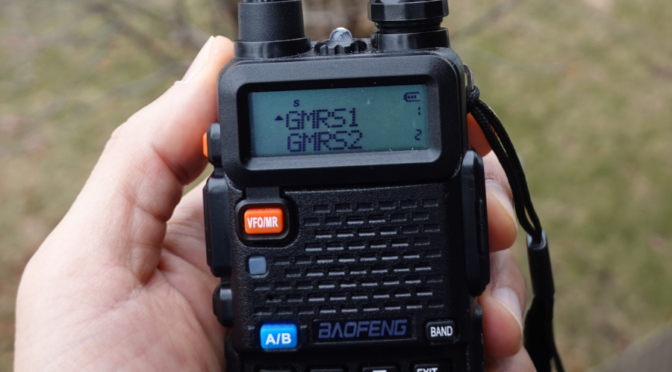Planning a trip to Hawai‘i is exciting, and I’m thrilled to have secured a great deal on flights from Chicago to Honolulu. With nearly seven days to explore Oʻahu, I want to make the most of my time on this beautiful island. Here’s my detailed 7-day itinerary, blending relaxation, adventure, and cultural experiences for a perfect Hawaiian getaway.
Day 1: Arrival and Relaxation in Waikīkī
Upon landing in Honolulu, I’ll Uber to my hotel near Waikīkī Beach. Given the time difference, I plan to take it easy on the first evening. I’ll enjoy a sunset stroll along the beach to soak in my first moments on the island.
Day 2: Exploring Honolulu and the South Shore
I’ll start the day early for a walk along Waikīkī Beach before hiking up Diamond Head for some incredible panoramic views of Honolulu. After breakfast, I’ll visit the historical site of Pearl Harbor, the ‘Iolani Palace, and the Bishop Museum. In the afternoon, I’ll explore Chinatown and check out the street art in Kaka‘ako, rounding off the day with a relaxing beach session and a delicious dinner by the water.
Day 3: Discovering the West Side
I’ll venture to the West Side of Oʻahu, beginning my day at Yokohama Beach and hiking to Ka‘ena Point for stunning coastal views. On my way back, I’ll see if I have time to stop at Mākaha Beach. The farm-to-table lunch at Kahumana Cafe seems to be highly recommended in that region. If time allows, I will watch the sunset on the west side before heading back to Waikīkī.
Day 4: Exploring Kailua and the Windward Side
On day four, I’ll plan to cross over to the Windward Side via the scenic Pali Highway. Kailua will be my base for the day. Kayaking is recommended, but I’ll check the water condition first to make sure it’s within my abilities. I hope to take a hike the Lanikai Pillbox Trail for breathtaking views. Later, I’ll unwind with a local brew at Lanikai Brewery.
Day 5: A Windward Side Road Trip
I’ll dedicate this day to a leisurely road trip along the Windward Side, starting from Kane‘ohe and stopping at the Ho‘omaluhia Botanical Garden. I also plan to tour Kualoa Ranch, known for its dramatic landscapes and movie set tours, before spending the evening at the Polynesian Cultural Center.
Day 6: The Natural Wonders of the North Shore
The North Shore will be a highlight of the trip. Surfing lessons or snorkel at Shark’s Cove are recommended (I’ll more likely snorkel than wind surf). I’ll relax at Waimea Bay, and visit the Waimea Valley botanical gardens.
Day 7: A Farewell in Central Oʻahu
On my last day, I’ll explore Central Oʻahu, including a visit to the Dole Plantation.
This itinerary should give me an introduction to Oʻahu, balancing adventure and relaxation perfectly. I look forward to immersing myself in the island’s beauty and culture!


